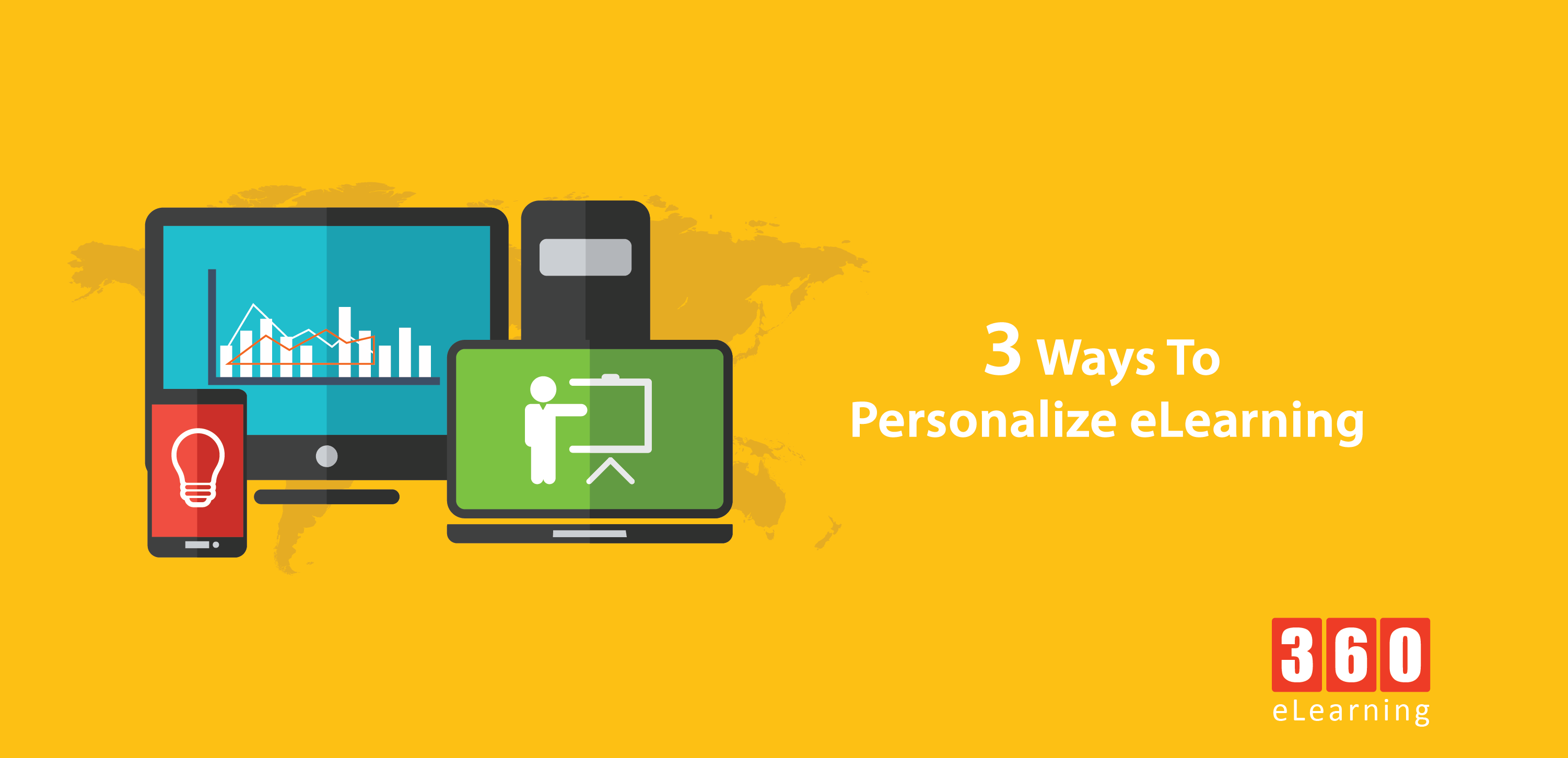When you custom-made your eLearning, you give your learners an opportunity tell you what they want to learn about. Effective learning designers use customization to produce richer and more interactive experiences. Here are some best practices to follow when tailoring your eLearning content.
1. Customize Learning with Targeted Content
A one-time learning and development program will not gather enduring outcomes. A cascade of content exists online that can certainly engulf your learners. Don’t force your learners to sieve through mountains of material to discover handy content. It’s time to move on from this conventional drill by offering eLearning that targets your learners. You can now develop fully customized eLearning courses based on role, experience, confidence, skill-level, or need. Appropriate information can be served in a variety of ways, such as a whole topic, a single page, or additional questions to challenge your learners’ thought processes.
2. Customize Learning with These Quick Ideas
i. Gradually build aptitude one step at a time
Contest your learners. Make them overcome a challenge. If they fail to reach average scores, offer customized support eLearning to build their proficiency. Make them learn by daring them to a contest. Make eLearning interesting.
ii. Challenge misunderstandings
Use a stick-or-twist approach by offering your learners content that questions their views and asks them to reevaluate them, such as case studies that divide their opinions. Use polls to capture their views.
iii. Identify gaps and filter content
Create an array of questions that help directly identify any gaps, needs, or experiences your learners have. Use this data to give your learners a customized topic made from a collection of prepared pages.
iv. Monitor progress and tailor content along the way
Generate a rule that is applicable to the questions you’ve spread throughout the customized topic. Offer additional examples, questions, or explanations if your learners miss the mark or fail to reach a specific goal.
v. Request that your learners assess how prepared they are to use their new skills
Use a summative scale, such as a Likert scale, at the conclusion of each topic to measure their responses. This evaluation will help you know what additional content or calls-to-action will help meet their needs.
3. Filter Down to Offer Relevant Content
Onboarding is the classic sheep-dip of learning. Yet it doesn’t make sense, especially when you’re trying to inspire new hires and get them up to speed in their role. However, you can filter your content with questions so your learners see only the topics that matter to them. For example, 15 topics can be filtered down to three using the features in Rules and Links. The learners answer three questions and are only delivered 3 relevant topics, while the other 12 stay hidden.


